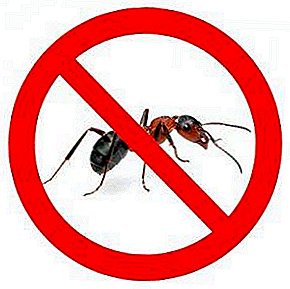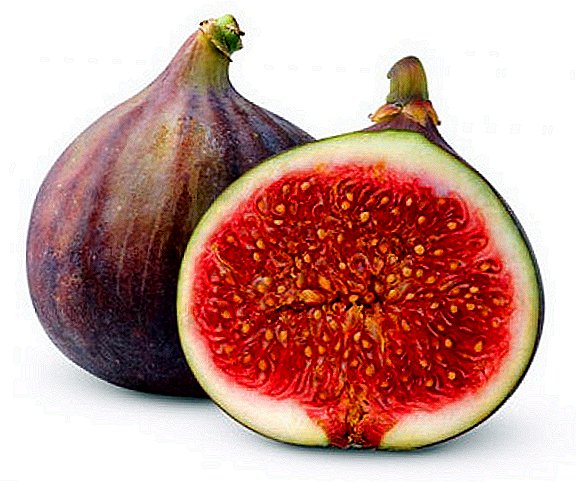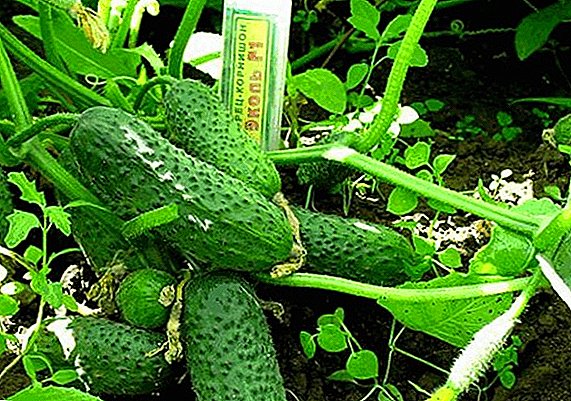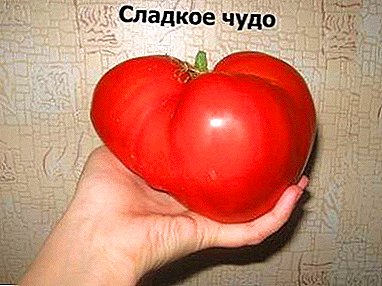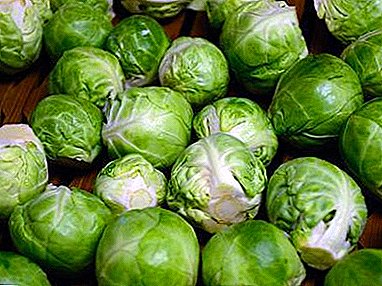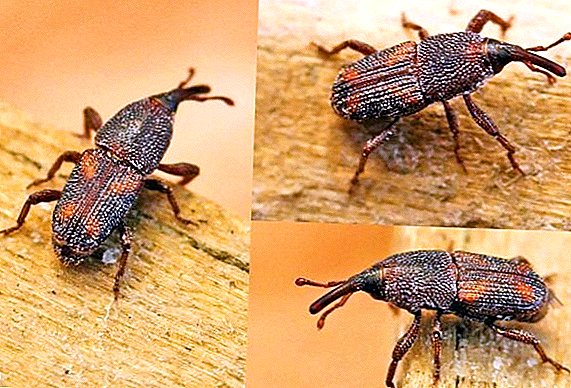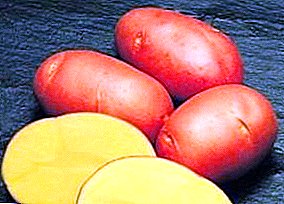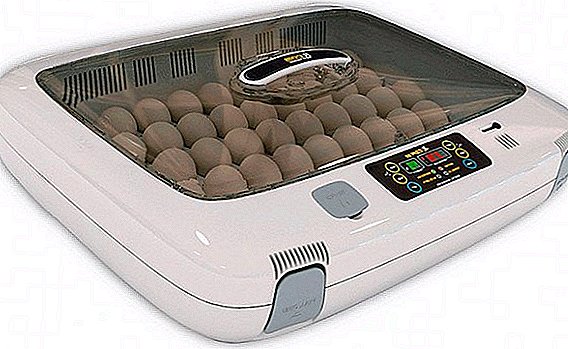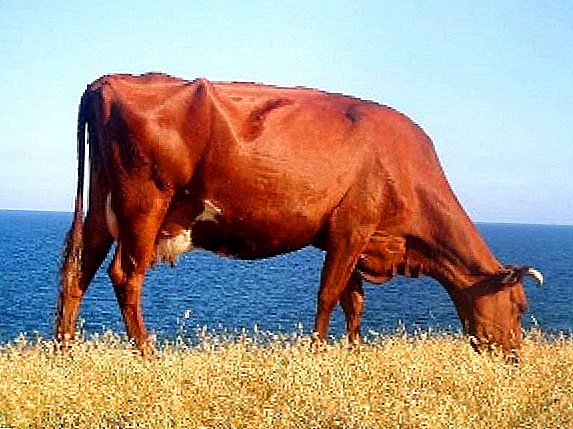
In the village life of villagers, the most common animal is a cow. You can imagine a zoo in which pets are kept: a cow, a goat, a pig, and other animals. In the world, there is still such a zoo.
It is located in the Federal Republic of Germany; children like this zoo a lot, because for some, such a zoo provides an opportunity to see farm animals for the first time.
In the US city of Boston, a survey was conducted among the population, and many of the children surveyed have no idea what role a cow plays in the production of dairy products. They think that milk is produced in the same way as carbonated beverages. But all dairy products, we owe it to the cow.
And today from this article you will learn about the features of the brown Latvian breed.
What is interesting you can learn about this breed of cattle?
Brown Latvian breed was created by crossing aboriginal cattle of Latvia with bulls of red Danish and angelic breed, in conditions of good maintenance and nutrition.
In 1947, this breed got its name "Brown Latvian breed".
Brown Latvian breed is a dairy breed, but in the last year the combined type is increasingly beginning to occur.
At the time of the Soviet Union in Latvia, the brown Latvian breed made up 99 percent of all cattle kept in this country. This breed was one of the symbols of this country. Even one of the Latvian coins has its image.
Of course, this breed is not the first in the rating, but if you provide all the necessary conditions for growing this breed, you will like it.
By what characteristic features You can find out this breed, we list below:

- The constitution of this breed is compact. The body is slightly elongated, its length is from 155 centimeters to 165 centimeters, thin bones. The breed has a wide chest. Long and wide sacrum.
- Very small elongated head.
- The height of the animal at the withers is about 130 centimeters, the chest volume is 193 centimeters, and the depth of the chest is about 71 centimeters.
- Animals have a red color of several shades. For example, the neck and legs are always slightly darker than the rest of the body.
- The mass of one heifer is about half a ton, and the mass of a goby reaches one ton. Already at the age of one and a half years one bull weighs from three hundred to four hundred kilograms. Slaughter weight is about 50 percent.
- Udder in burenok shaped cup. It is voluminous, proportional and very well developed. The position of the nipples is correct.
What kind positive characteristics possesses a brown Latvian breed that will be listed below:
- The average yield per cow per year is from 3,000 to 4,100 kilograms of milk. That in every possible way testifies to rather high milk productivity.
- This breed is well adapted to different weather conditions, it is well tolerated in hot weather.
- The breed also has good meat characteristics.
- The positive quality of brown Latvian breed is the inheritance of milk fat.
- The precocity of the breed is also a positive characteristic.
It is also interesting to read about leukemia in cows.
TO cons This breed can include the following indicators:
- The minus of this breed is considered to be a narrow chest.
- Improper positioning of the limbs in animals is also a lack of breed.
- More to this category can be attributed to the roof-shaped backside.
- A significant disadvantage of this breed is its disposition to such a disease as leukemia.
What features does brown Latvian breed have?

As mentioned earlier, this breed belongs to the dairy type, which indicates a high yield.
Brown Latvian breed is adapted to the weather conditions of the Baltic region, but it also tolerates hot weather.
Another thing that can distinguish the breed from others is a good reproductive system.
A feature of the cows of this breed is the transfer of high fat milk by inheritance.
The distinguishing factor is the long life of the brown Latvian breed.
What is the productivity of brown Latvian breed?
Because this breed is considered dairythen naturally she will have a very high milk production.
During the lactation period, which is 305 days, milk yield from one cow can be from 3,500 to 4,500 kilograms of milk, fat content ranges from 4.45 to 4.5 percent. Milk is distinguished by its quality and taste, which very well distinguishes the breed from others.
There are, of course, in this breed and Burenka records, which give about 10,000 kilograms of milk. A famous cow is a Tulpe buren, which for 330 days gave 10,649 kilograms of milk, the fat content of which was 4.1 percent.
An important factor in this breed is the transmission of milk fat by inheritance.
As for the meat characteristics, they are satisfactory. Slaughter weight of a bull is about 50 percent.
This breed of cattle has a well-developed reproductive system. So the weight of a newborn calf is about forty kilograms.

Meat and dairy productivity are affected by the conditions of the breed.
In our time, work is still underway to improve the qualities of brown Latvian breed.
Milk productivity, as well as milk fat content, is influenced by the attitude to cows from a very early age, for this it is important to feed and care for them properly. If you want to get a record milk yield, then you need to make a diverse diet of cows.
In particular, you need to pay attention to the carbohydrate component in the feed. Their diet should be dominated by beets, potatoes, carrots, as well as oatmeal and corn silage.
In the summer season, the breed must be provided with green fodder. It is also necessary to pay attention not to create any stressful situations for cows, excessive noise, or bad treatment of animals, all this affects their productivity.
This breed has about twenty-two genetic lines of sires. Some of the best are: Margonis Odins, Danos, Gunnar Rex and others. About seventy families stand out from the entire set of cows from the area of milk fat content and its volume.


